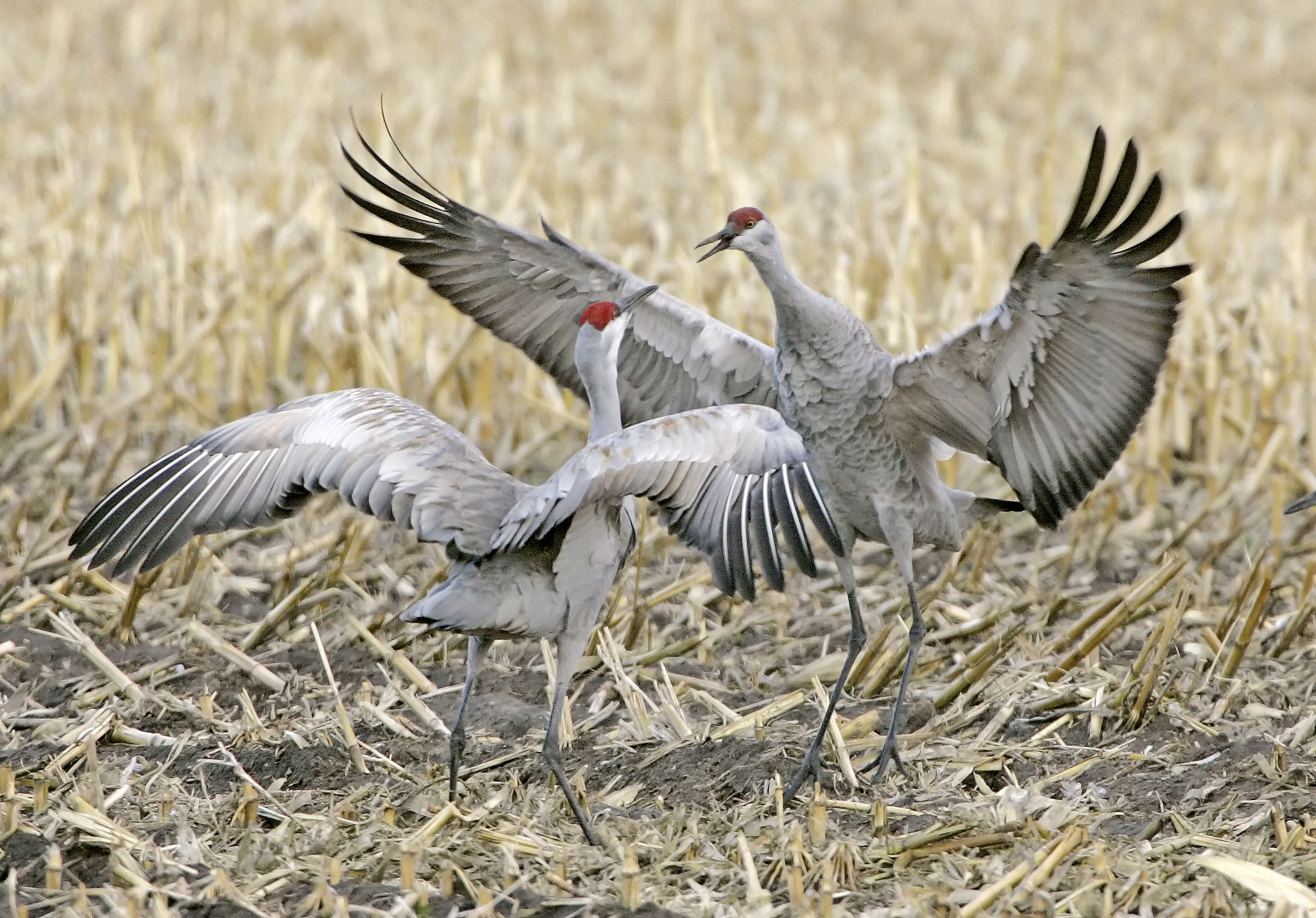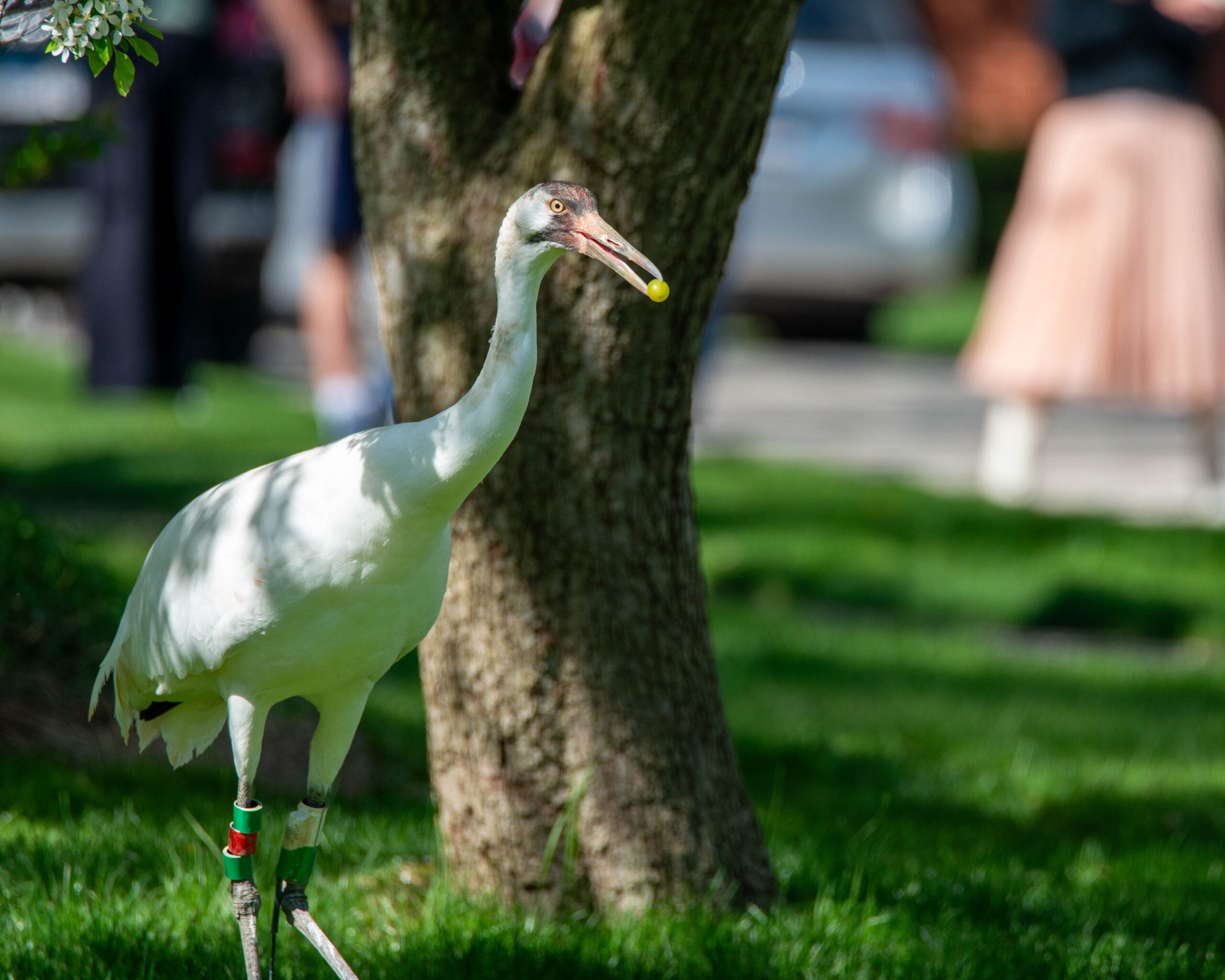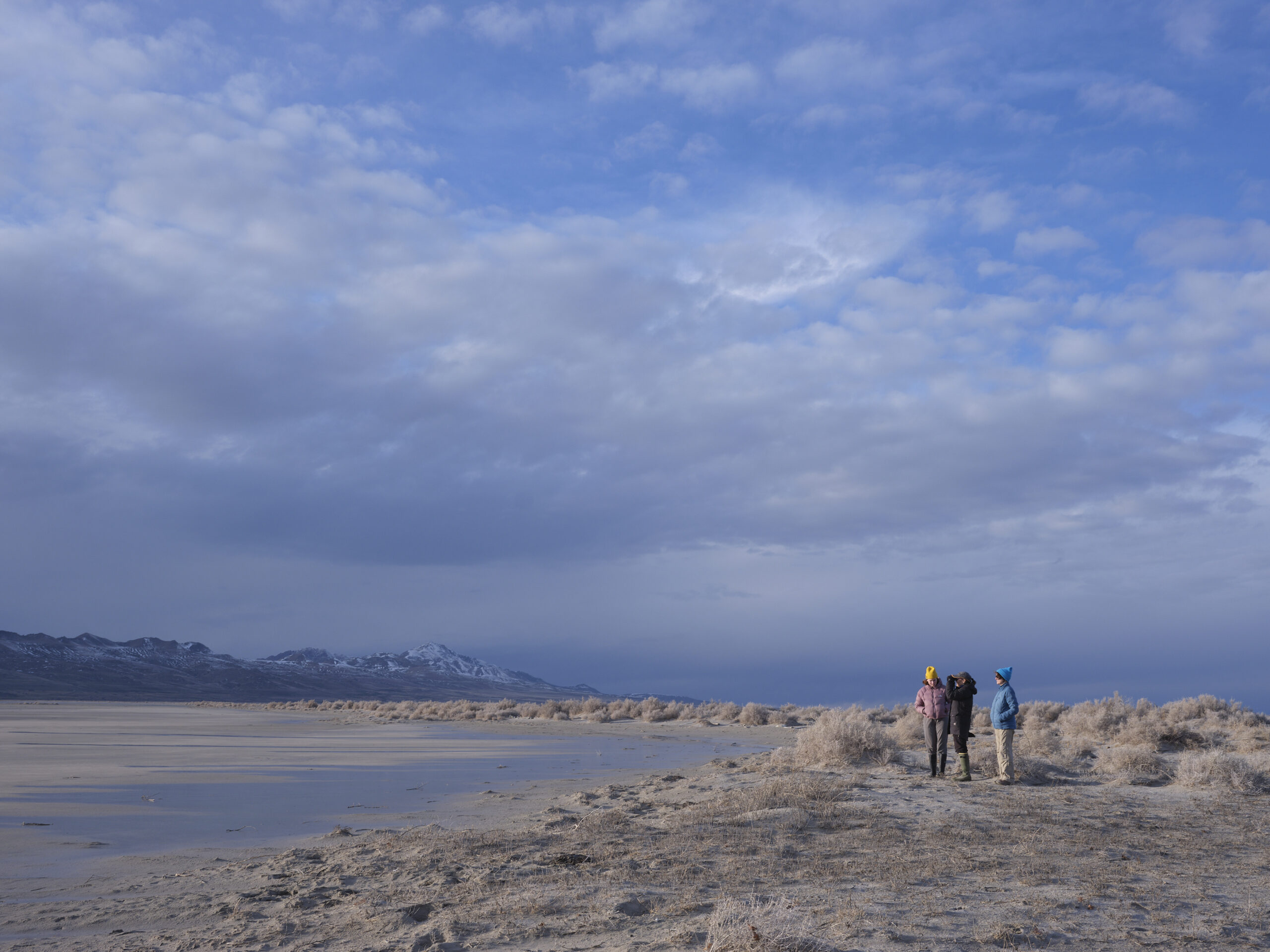Birding enthusiasts in Wisconsin and six other states will meet the sunrise at wetlands and other locations Saturday morning for the 48th annual Midwest Crane Count, which aims to tally sandhill cranes and whooping cranes. It’s organized by the International Crane Foundation, based in Baraboo.
Cranes spend winters in the southeastern Unites States and begin returning to states like Wisconsin around mid-February in search of nesting spots.
Crane count coordinator Sara Gavney Moore said the early morning count is a prime opportunity to help the nonprofit keep tabs on the crane populations.
“You’re seeing the birds as they come out of their roosts in the morning, and it’s really quite beautiful,” Moore said. “It’s a beautiful experience. And tomorrow’s weather is supposed to be just fantastic here in southern Wisconsin. So, I’m hoping that’s the case throughout the count area.”
Last year, there were around 2,000 volunteers who tallied up 14,479 cranes in Wisconsin, Indiana, Iowa, Michigan, Minnesota and Ohio.
Stay informed on the latest news
Sign up for WPR’s email newsletter.
While time is running short, Gavney Moore said potential volunteers can still sign up. She said expert birding experience is not required.
“Really, how many times do many people go out to a wetland area or natural area at dawn and just experience the wetland coming from life and the sounds of not only cranes, but other wildlife?” Gavney Moore said. “It’s a magical experience and a way to have people kind of get back in touch with nature as well as learning about our mission at the International Crane Foundation.”
The eastern population of sandhill cranes, which breed in Wisconsin, other Midwest states and parts of Canada, was nearly eliminated in the late 1800s, according to the U.S. Fish and Wildlife Service. But hunting restrictions and restorations of wetlands and other habitat have helped the population grow substantially. In 2022, the USFWS reported a three-year average population of more than 97,000 birds in the eastern population.
That rebound has drawn the ire of some farmers because sandhill cranes can cause extensive damage to freshly planted crops like corn and soybeans. In 2021, a Republican authored bill was introduced that would have created a sandhill crane hunting season in Wisconsin. It was supported by agricultural organizations like the Wisconsin Corn Growers Association, hunting groups and the Wisconsin Wildlife Association. The hunt was opposed by the Humane Society of the United States, and other animal welfare groups.
Kentucky, Tennessee and Alabama currently have eastern population sandhill crane hunting seasons. Several other states have hunting seasons for other crane populations around the U.S.
Wisconsin Public Radio, © Copyright 2024, Board of Regents of the University of Wisconsin System and Wisconsin Educational Communications Board.




